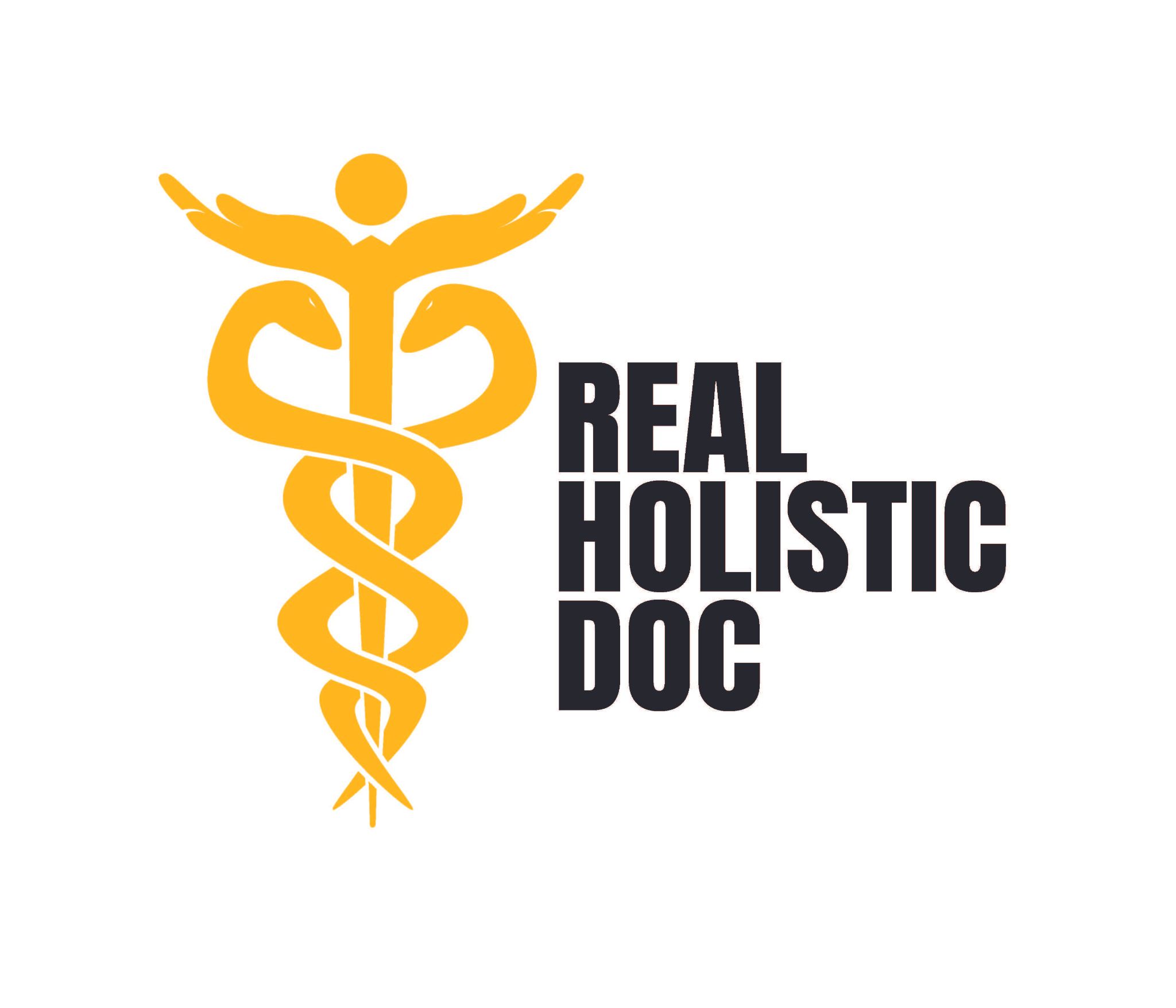In 1975 Saul Liss, Ph.D., an engineer, brought me the earliest model of his Liss CES (Cranial Electrical Stimulator) and attempted to convince me that it was better than the TENS devices which I had shepherded onto the medical scene. I could not feel any output, which Saul assured me was not necessary at the 15,000 cycles per second he used. I was concerned that patients would consider it a placebo and insisted he bring me one I could feel. A few months later he arrived with one of his devices which put out 10 mamps instead of the 4 he had initially used. That one was strong enough to throw you across the room! Knowing I could feel the output at an amperage less that 10% that of other TENS devices, I cautiously placed one electrode on my forehead, at only 2 mamps, and immediately ”saw” flickering lights! I explored many combinations; as long as one electrode was on my forehead, I saw the flashes. Fortuitously, I explored this device at 10:30 at night! I went to bed and awoke 3 hours later, unable to return to sleep.
A few months later my physician associate and I used the Liss stimulator across our temples for 60 minutes at 8 AM. We measured blood counts and standard chem panels and serotonin. My serotonin, an hour later, went up to 5 times the upper limit; Jim’s went up to twice normal. Shortly later, I tried this device on a patient who had been depressed for 16 years. The following day his depression was totally lifted! Soon thereafter, I measured 24-hour output of serotonin and found that 40% of my depressed, chronic patients had an elevated serotonin production and 40% had deficient production. 20% produced the ”normal” amount of serotonin. After weeks of daily transcranial stimulation with the Liss device, those patients with elevated or depressed levels of serotonin had returned to normal serotonin production and were out of depression! Those with normal levels of serotonin did not improve.
In later experiments I demonstrated that the Liss CES increases both cerebrospinal and blood levels of serotonin and beta-endorphin. It has virtually no effect upon norepinephrine. Depressed patients who use the Liss stimulator daily for two weeks come out of depression within two weeks 50% of the time. When I add to this the Shealy RelaxMate II, for assisted relaxation, 85% of depressed patients improve within 2 to 4 weeks. This is twice as effective as the best antidepressant drug — with no complications! The Liss CES, Shealy Series, puts out 15,000 cycles per second, modulated 15 and 500 times per second, with a built-in timer to go off in 60 minutes. It can be used across the temples or forehead to just below hairline in back. It is terrific not only for depression but also for jet lag, insomnia and just for a quick mental boost when you did not get adequate sleep the night before. The only contraindication is an implanted cardiac pacemaker or other implanted electronic device. I have used it in over 30,000 patients and consider it unquestionably the treatment of choice for depression. Since many depressed patients are also quite anxious, the Shealy RelaxMate II is a useful adjunct. The Liss CES, Shealy Series, requires a prescription and is available from Self-Health Systems online by clicking here, or by calling 888-242-6105.
I have published at least a dozen scientific articles on the usefulness of this approach for treatment of depression.
Norman Shealy, M.D., Ph.D. is the father of holistic medicine. He recommends autogenic focus (the basis of the Biogenics System) as part of your overall commitment to self-health. Register to download your FREE autogenic focus MP3 now.
